Becoming sleep
I don’t like to lie to my trees, but it’s for their own good.
Birds migrate to escape the winter cold. Squirrels burrow. Trees, rooted where they are, go to sleep.
Trees are sensitive creatures. They recognize changes in light, temperature, and daytime hours as signs of the fall and winter seasons, and these changes trigger metabolic processes in the tree to prepare for hibernation. Deciduous trees first shed their leaves, then produce compounds that halt cell division. Some species release additional sugars and other solids into their sap; other species purge moisture from their cells. Both methods lower the sap’s freezing point, transforming it into a dense liquid antifreeze that keeps ice crystals from bursting cell walls.
Like the changing of the seasons themselves, trees take their time to prepare for dormancy. One of the first steps in deciduous trees is the gradual breakdown of chlorophyll within the leaves, which allows autumn shades of gold, amber, and scarlet to peek through.
Another early step is the setting of terminal buds containing next year’s growth. These tender buds are sealed in modified leaves that protect them through the winter like armor. What a marvelous act of faith this is on the tree’s part: to plan for next year while sugar stores dwindle by the day, to know that however long the winter lasts, it will eventually come to an end.
Now is the time of year when I begin tricking my subtropical trees into winter dormancy. Their semi-exposed windowsill position will take care of the seasonal changes in temperature. I simulate shorter days by adjusting the timer on my grow lights. I simultaneously raise the lights higher above the trees to mimic the subtler light of fall and winter. These changes are gradual, and not very scientific. I try to follow sunset times with a couple extra hours of “daylight” tacked on to suggest a Mediterranean environment for my olives and pomegranates.
This will be my third winter with this osmanthus and my oldest olive tree. They seem to do well in my makeshift bedroom Mediterranean microclimate—so far. It could take years to determine that this experiment in indoor bonsai growth is a failure. I’ve been less successful with pomegranates and boxwoods, and have lost several to errant hard freezes. They’re more particular about temperatures below 30 degrees.
Adjusting the temperature through winter is simply a matter of opening or closing a window. We didn’t get many of those last year and I got complacent. This year I plan to be especially vigilant about winter temperatures. I’d just as prefer keep the window open all year, but for the trees’ sake I’ll shut it on frigid days.
My tea plant set tiny flower buds back in July. Only with the onset of sub-70 degree nights have those buds started to engorge.
Cooler weather has other benefits. Tea plants that grow slowly in temperate alpine regions yield a sweeter brew than year-round growth from plants in tropical plains. Many fruit trees require hundreds of accumulated “chill hours” to bear fruit the following season. Winter brings a certain rigid clarity—there’s no room for daydreams when the air stings your face—and plants that go through its gauntlet come out all the richer for the experience.
Not all trees go through winter dormancy. My tropical bonsai experience periods of growth and rest, but they keep active all year long. Dormancy isn’t a requirement for plants; it’s an adaptation in climates where rest is necessary for survival.
60 million years ago, the Arctic Circle was a tropical forest. Winters were mild, with little risk of frost, but so far north, the sun disappeared until springtime. Dawn redwood trees adapted to three months of darkness by dropping their leaves beforehand. It was an unusual gambit for a conifer—almost all of them are evergreens—and it allowed the trees to reserve water at a time when photosynthesis was impossible. Nowadays dawn redwoods planted in temperate zones get the gift of sunlight all year long, and their dormancy adaptations protect them from the cold instead.
All of which is to say, some trees need more rest than others. In different ways, in different times. That’s not a failing of one tree over another, it’s just how they are.
Tree reading
Fall is prime tree-planting season. Find native trees perfect for your area—and support local wildlife—with this handy tool. [Native Plant Finder]
A new memoir renders memories in illustrations of plants. [Oakland Garden Club]

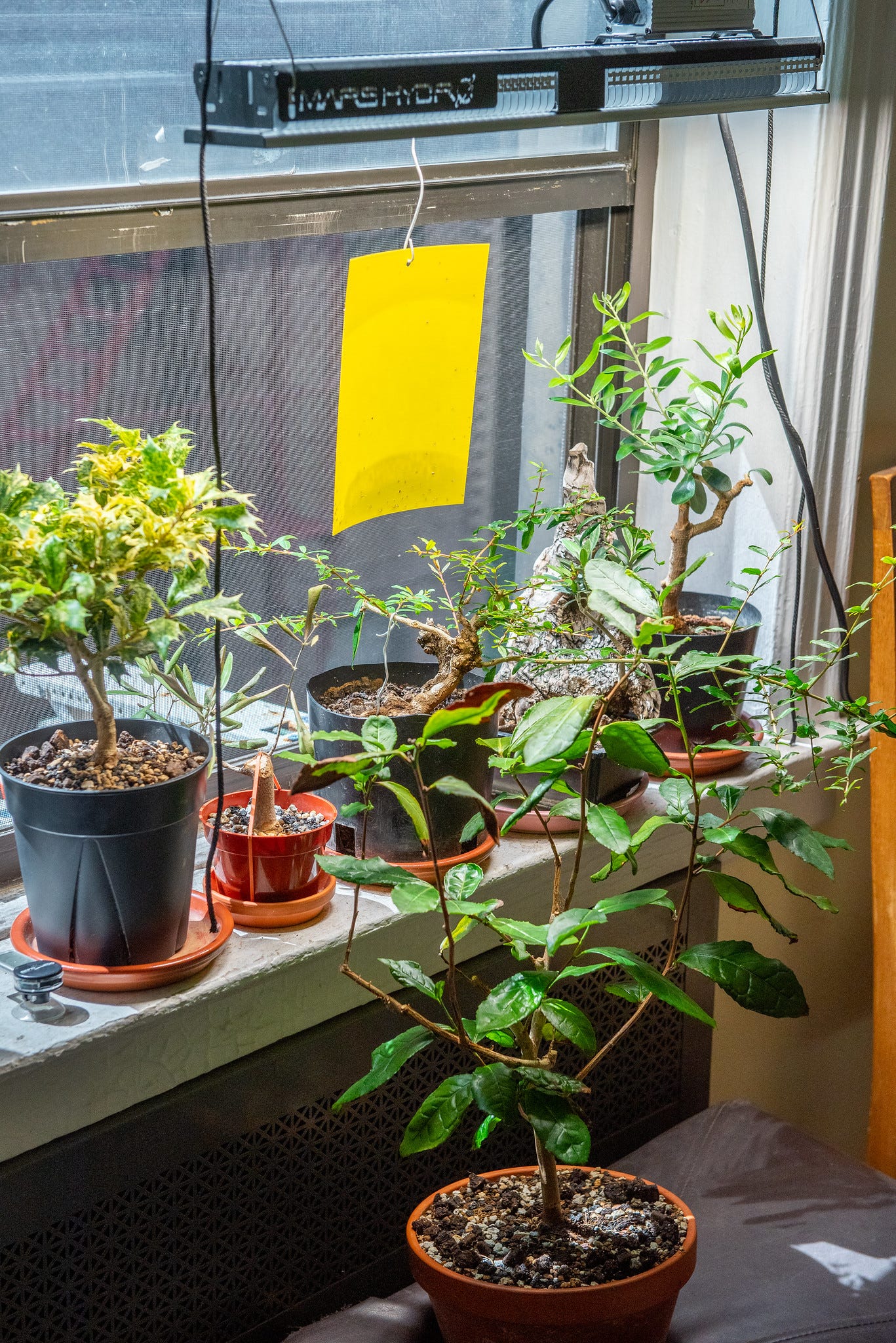
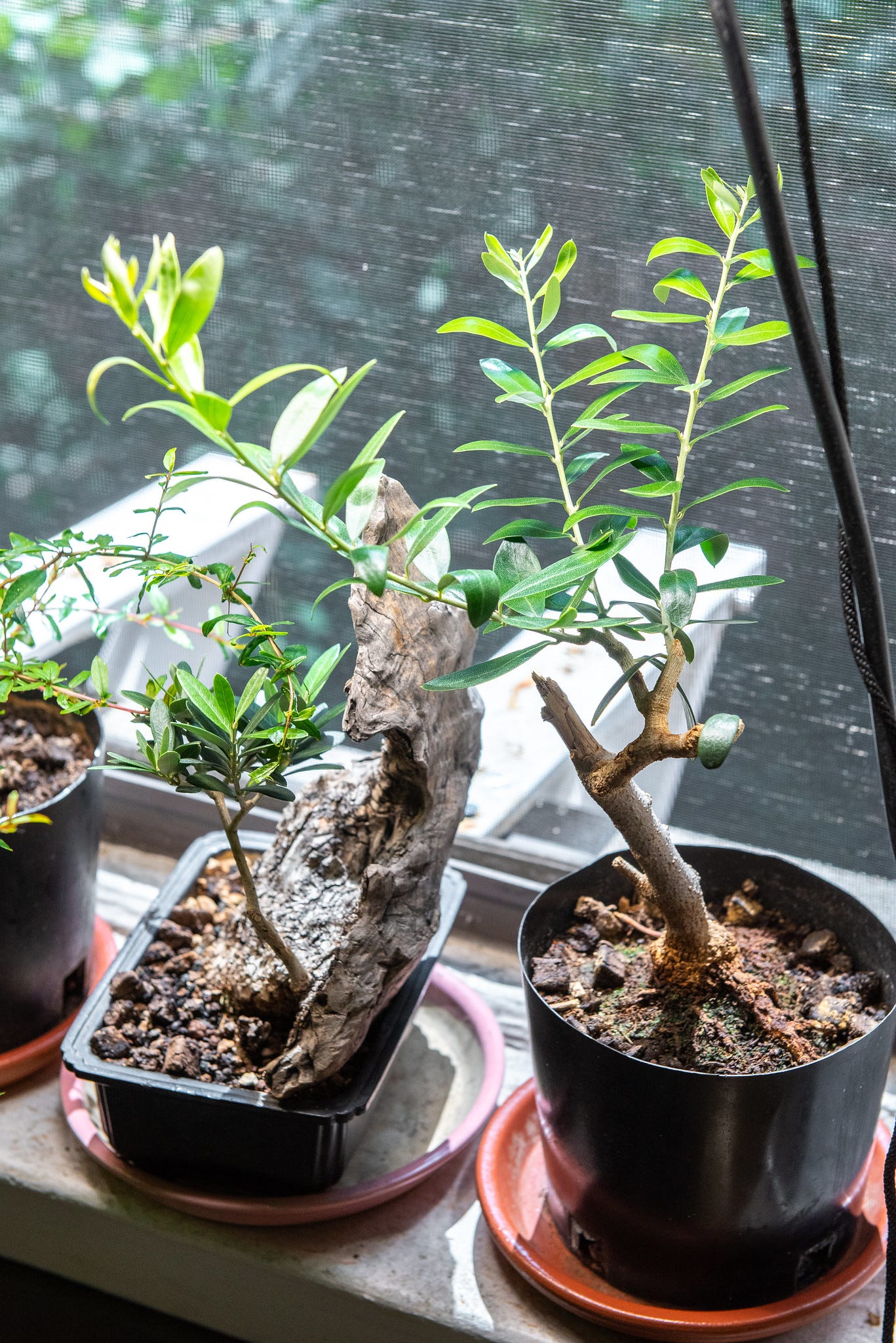
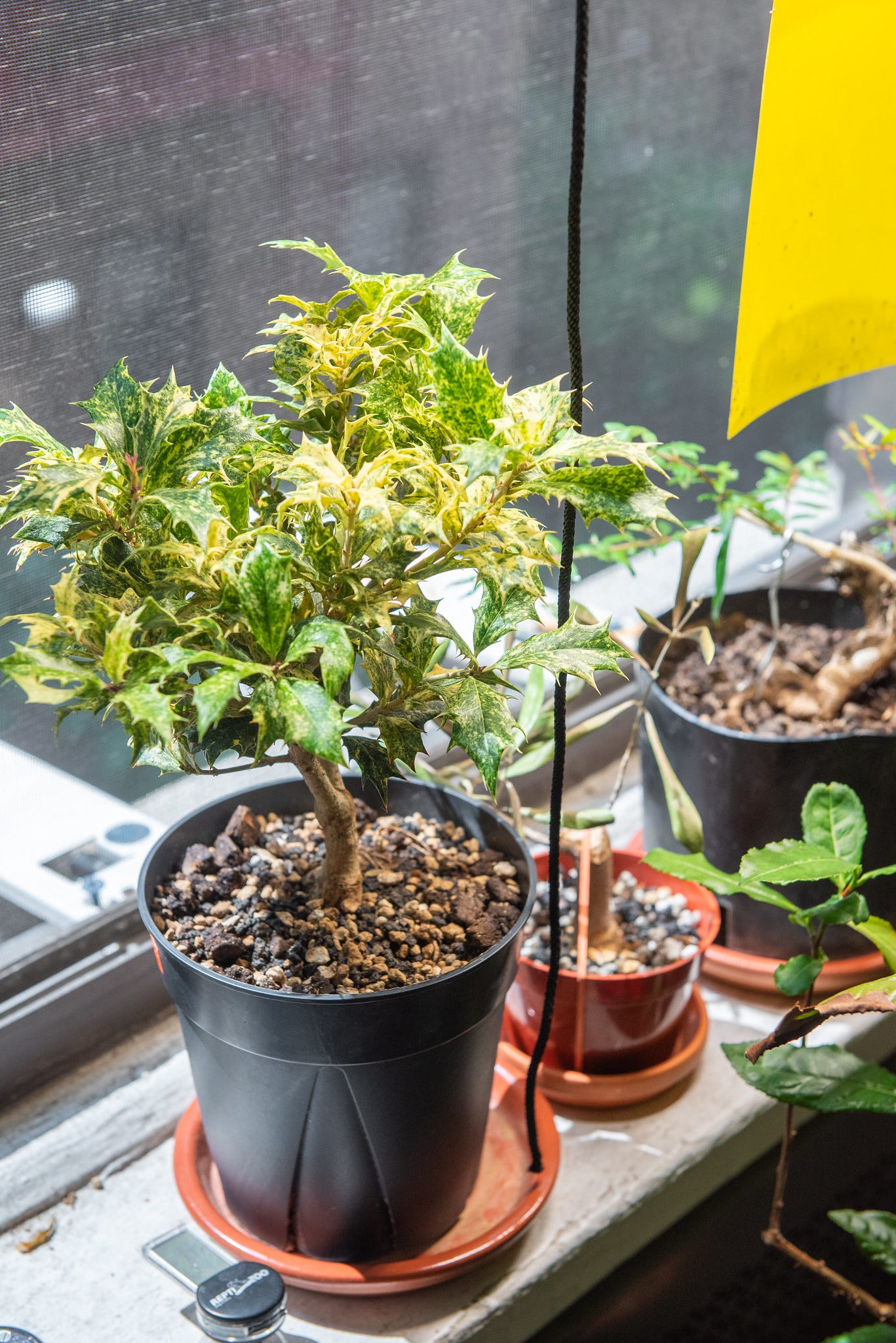
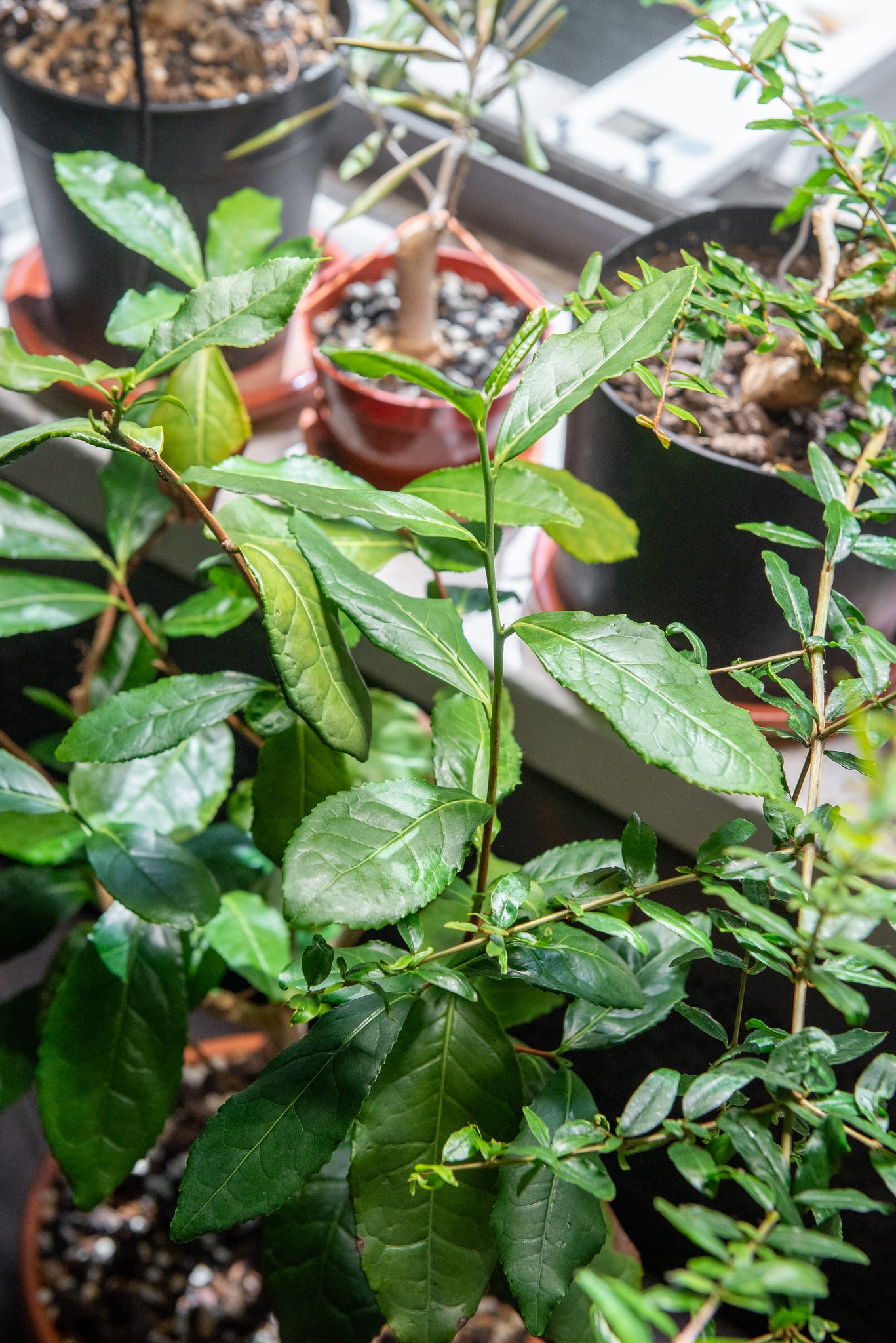
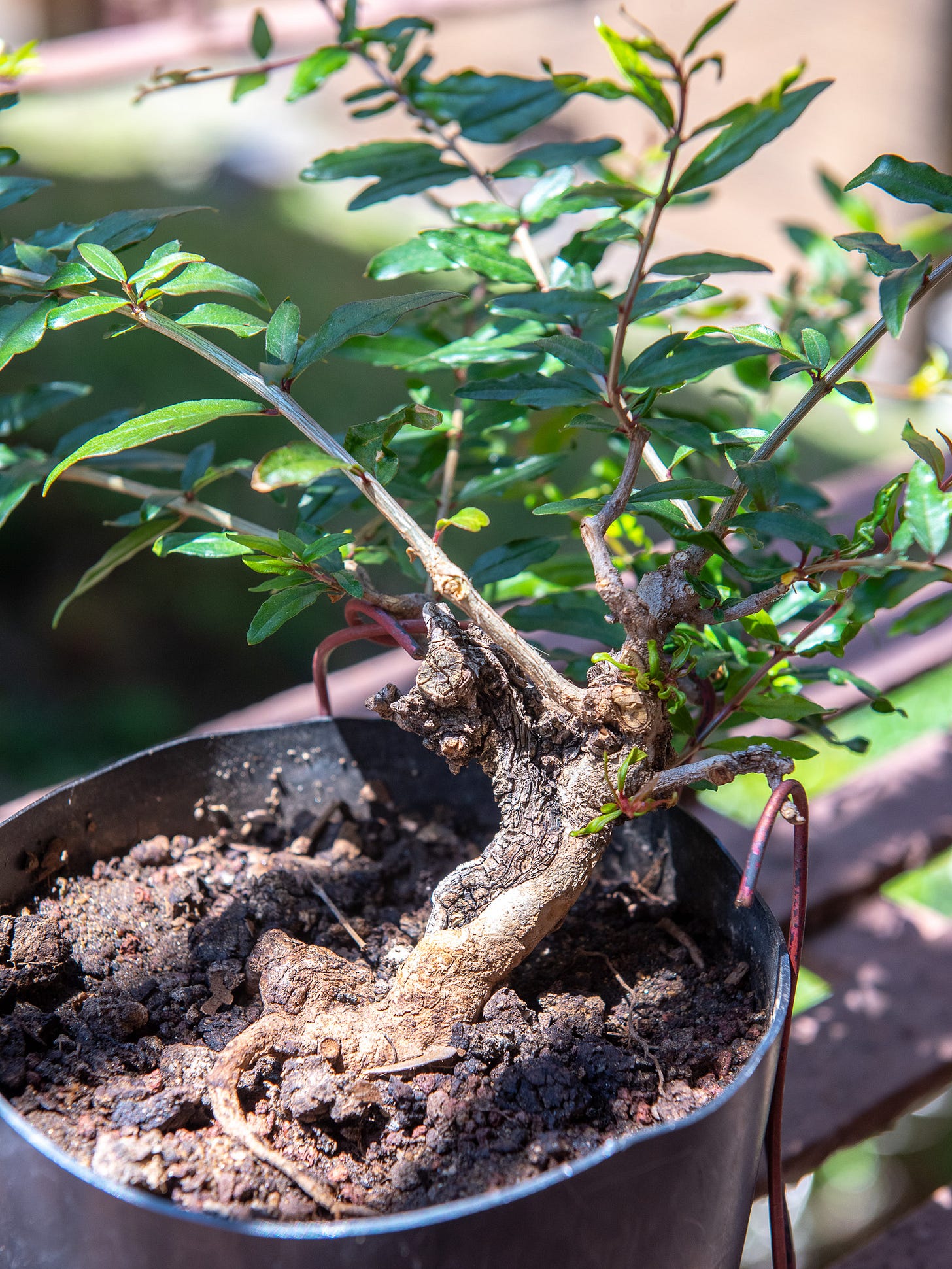
" What a marvelous act of faith this is on the tree’s part: to plan for next year while sugar stores dwindle by the day, to know that however long the winter lasts, it will eventually come to an end." - Oh, no biggie. Just a casual newsletter read making me tear up.